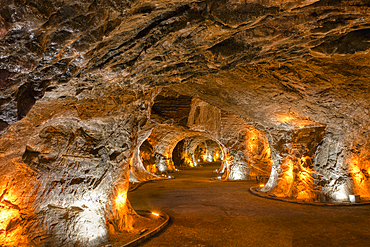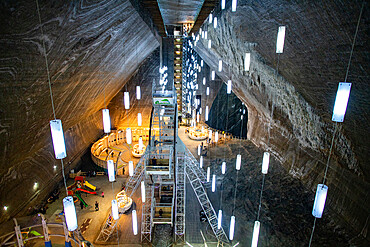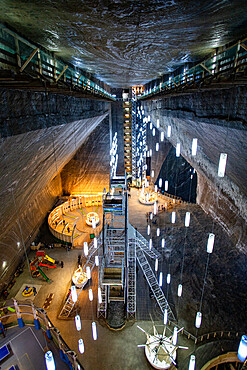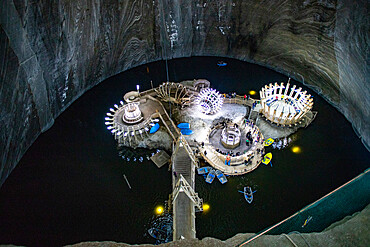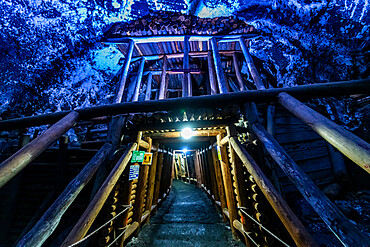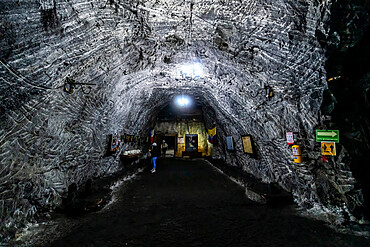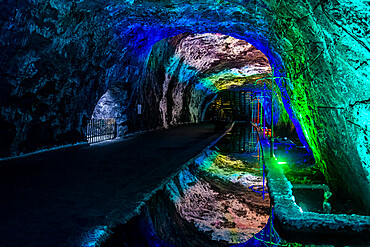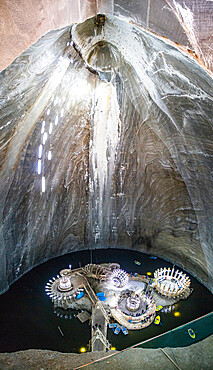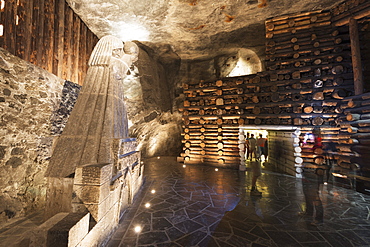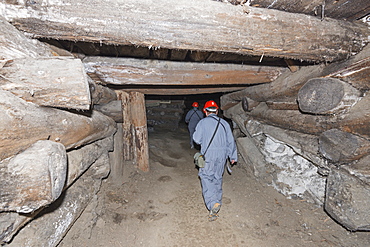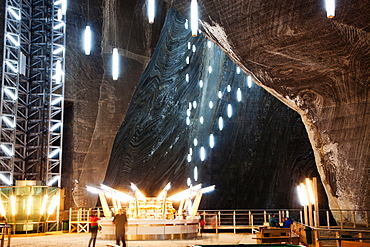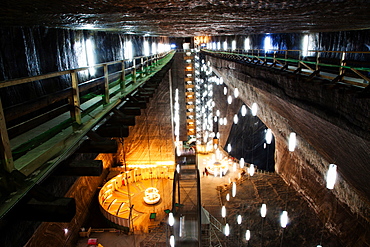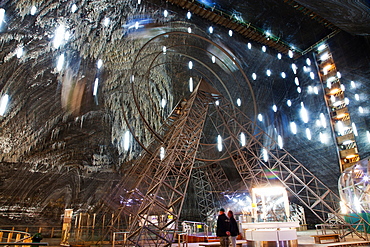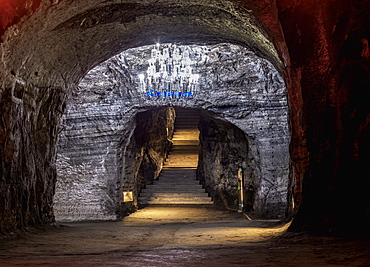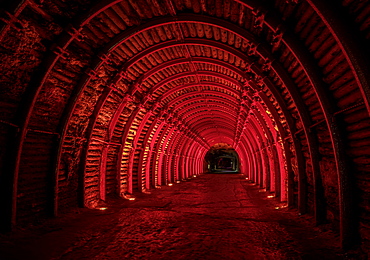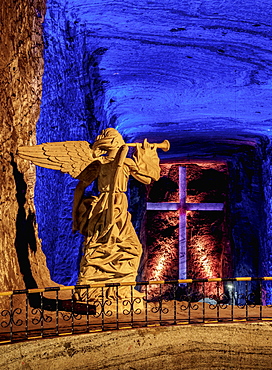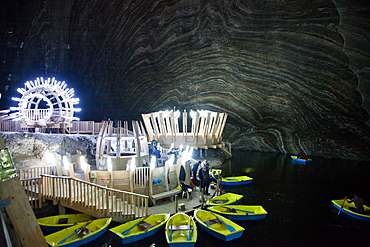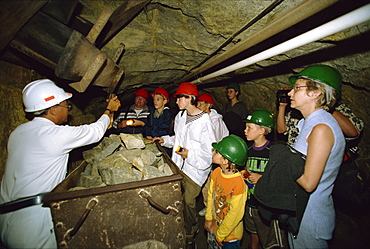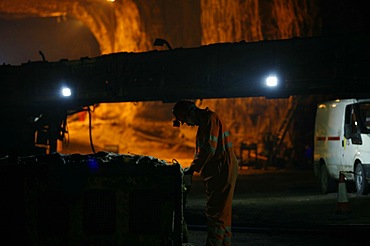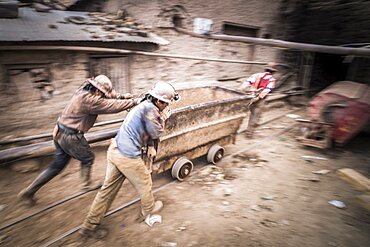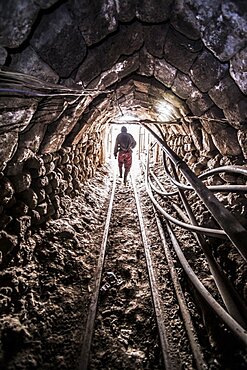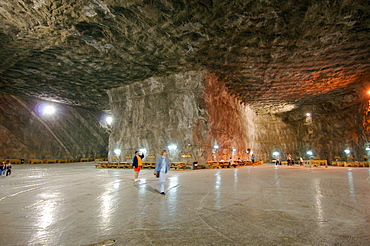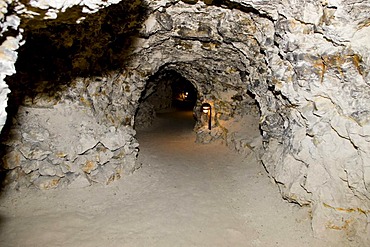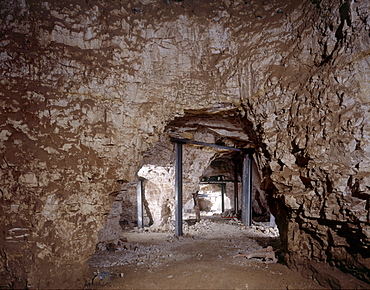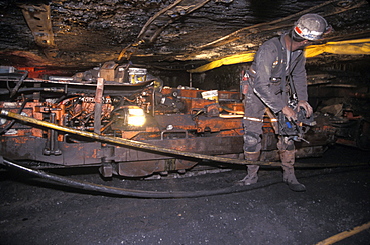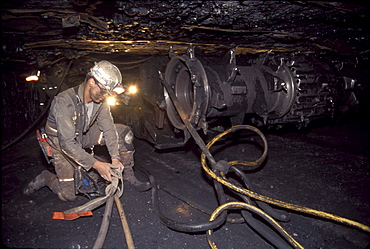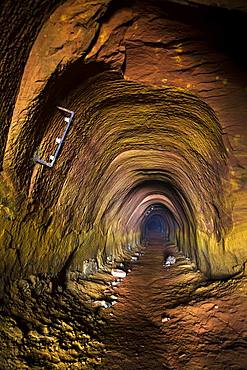Results
34 results found
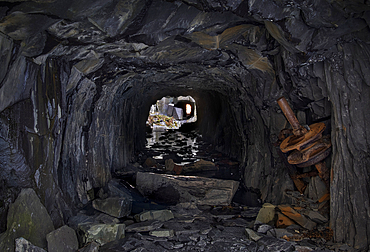
Former Mine Working Slate Cavern Tunnel at Dinorwig Quarry (Dinorwic Quarry), Eryri (Snowdonia National Park), North Wales, United Kingdom
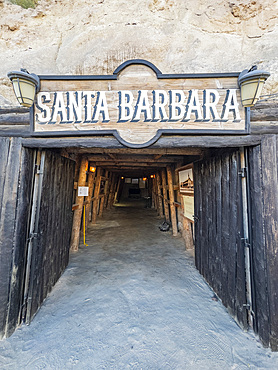
Copper mines in the former French mining town of Santa Rosalia, Baja California Sur, Mexico, North America
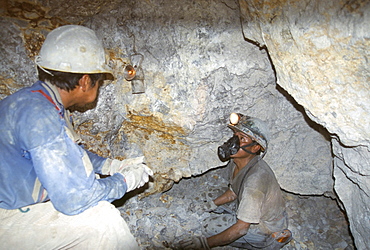
Mine in Cerro Rico, richest hill on earth, hand mining of silver and zinc today, Potosi, Bolivia, South America
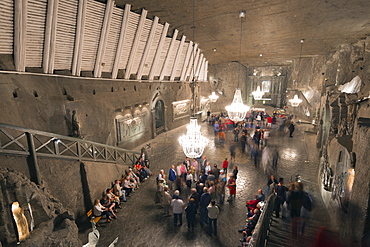
Tourist route, Chapel of St. Kinga, Wieliczka Salt Mine, UNESCO World Heritage Site, Krakow, Malopolska, Poland, Europe
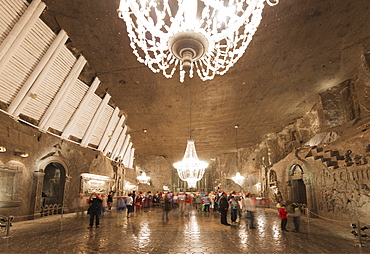
Tourist route, Chapel of St. Kinga, Wieliczka Salt Mine, UNESCO World Heritage Site, Krakow, Malopolska, Poland, Europe

LKAB mining tour, largest underground iron ore mine in the world, Kiruna, Lapland, Arctic Circle, Sweden, Scandinavia, Europe
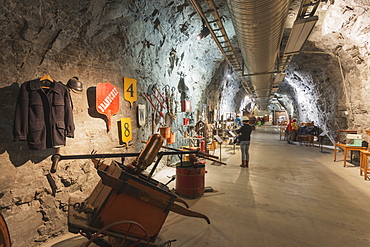
LKAB mining tour, largest underground iron ore mine in the world, Kiruna, Lapland, Arctic Circle, Sweden, Scandinavia, Europe
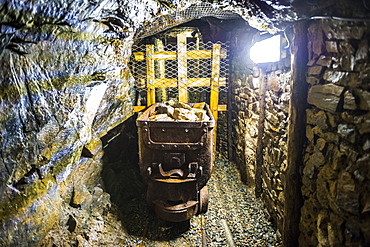
Mine shaft behind the Great Laxey Wheel, Isle of Man, crown dependency of the United Kingdom, Europe

Wieliczka Salt Mine Tourist Route, Chapel of St. Kinga staircase in Kopalnia soli Wieliczka, UNESCO World Heritage Site, Krakow, Poland, Europe
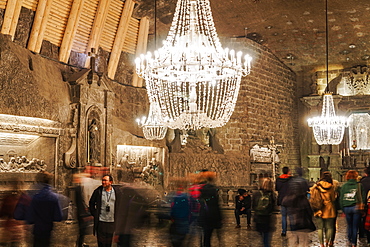
Wieliczka Salt Mine Tourist Route, Chapel of St. Kinga with chandeliers in Kopalnia soli Wieliczka, UNESCO World Heritage Site, Krakow, Poland, Europe
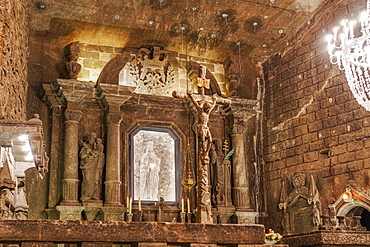
Wieliczka Salt Mine Tourist Route, Chapel of St. Kinga with carved details in Kopalnia soli Wieliczka, UNESCO World Heritage Site, Krakow, Poland, Europe
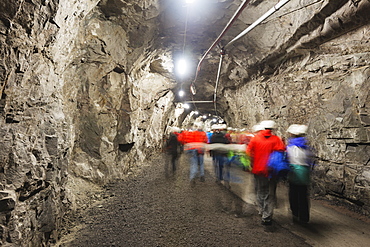
LKAB mining tour, largest underground iron ore mine in the world, Kiruna, Lapland, Arctic Circle, Sweden, Scandinavia, Europe

LKAB mining tour, largest underground iron ore mine in the world, Kiruna, Lapland, Arctic Circle, Sweden, Scandinavia, Europe
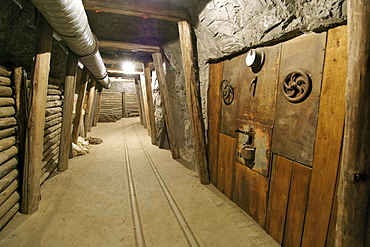
Re-created diamond mining tunnels at the Kimberley Open Mine Museum in Kimberley in South Africa's North-West Province.
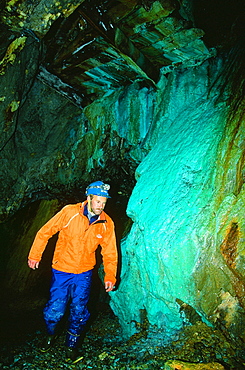
A man exploring the old abandoned Coniston copper mines in the Lake District, Cumbria, England, United Kingdom, Europe
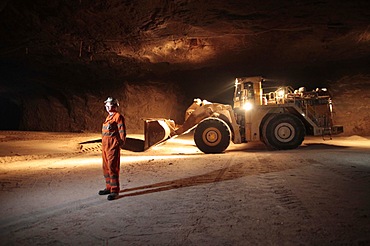
Mining grit salt is very different to the traditional image of cramped dark areas and men with pickaxes! The nature of grit salt mines mean they resemble vast caverns, up to 20 metres wide.

The mine uses the most sophisticated modern mining techniques to bring grit salt to the surface, including a laser guided JOY excavator and mechanical drills and lift.

Mining grit salt is very different to the traditional image of cramped dark areas and men with pickaxes! The nature of grit salt mines mean they resemble vast caverns, up to 20 metres wide. .
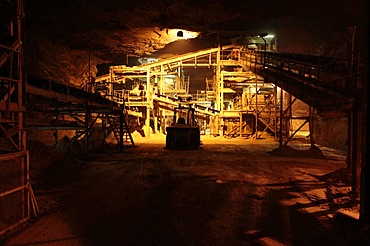
Mining grit salt is very different to the traditional image of cramped dark areas and men with pickaxes! The nature of grit salt mines mean they resemble vast caverns, up to 20 metres wide.
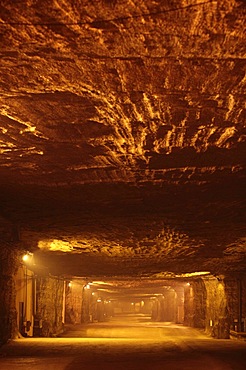
Mining grit salt is very different to the traditional image of cramped dark areas and men with pickaxes! The nature of grit salt mines mean they resemble vast caverns, up to 20 metres wide.

The mine uses the most sophisticated modern mining techniques to bring grit salt to the surface, including a laser guided JOY excavator and mechanical drills and lift.
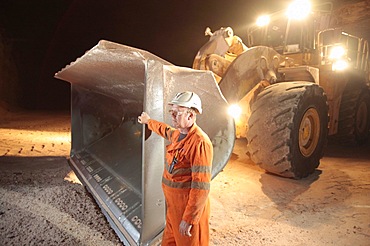
Mining grit salt is very different to the traditional image of cramped dark areas and men with pickaxes! The nature of grit salt mines mean they resemble vast caverns, up to 20 metres wide.
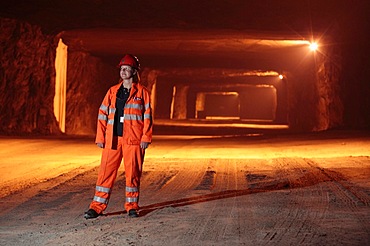
Mining grit salt is very different to the traditional image of cramped dark areas and men with pickaxes! The nature of grit salt mines mean they resemble vast caverns, up to 20 metres wide. .
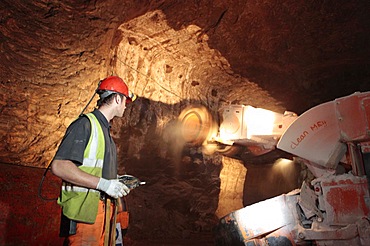
The mine uses the most sophisticated modern mining techniques to bring grit salt to the surface, including a laser guided JOY excavator and mechanical drills and lift.
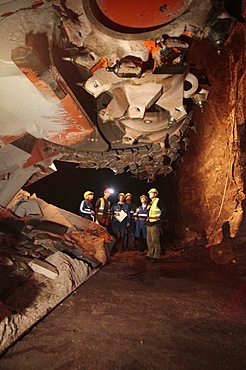
The mine uses the most sophisticated modern mining techniques to bring grit salt to the surface, including a laser guided JOY excavator and mechanical drills and lift.

The mine uses the most sophisticated modern mining techniques to bring grit salt to the surface, including a laser guided JOY excavator and mechanical drills and lift.

Mining grit salt is very different to the traditional image of cramped dark areas and men with pickaxes! The nature of grit salt mines mean they resemble vast caverns, up to 20 metres wide.

Mining grit salt is very different to the traditional image of cramped dark areas and men with pickaxes! The nature of grit salt mines mean they resemble vast caverns, up to 20 metres wide. .
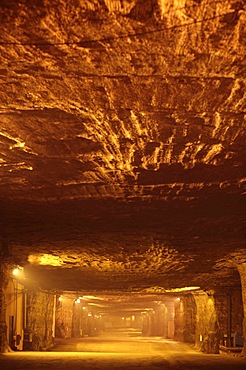
Mining grit salt is very different to the traditional image of cramped dark areas and men with pickaxes! The nature of grit salt mines mean they resemble vast caverns, up to 20 metres wide.
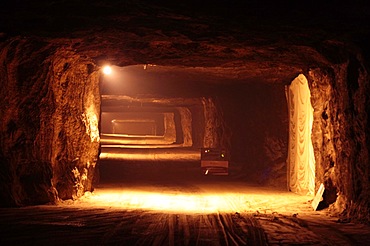
Mining grit salt is very different to the traditional image of cramped dark areas and men with pickaxes! The nature of grit salt mines mean they resemble vast caverns, up to 20 metres wide.
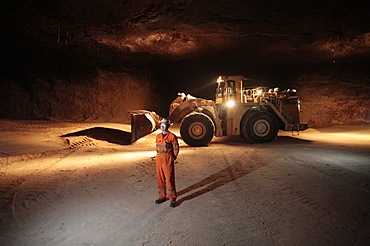
Mining grit salt is very different to the traditional image of cramped dark areas and men with pickaxes! The nature of grit salt mines mean they resemble vast caverns, up to 20 metres wide.
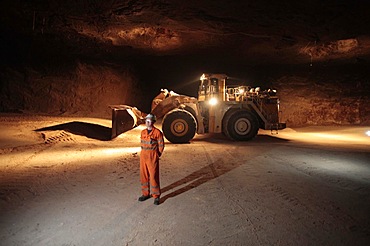
Mining grit salt is very different to the traditional image of cramped dark areas and men with pickaxes! The nature of grit salt mines mean they resemble vast caverns, up to 20 metres wide.

Mining grit salt is very different to the traditional image of cramped dark areas and men with pickaxes! The nature of grit salt mines mean they resemble vast caverns, up to 20 metres wide. .
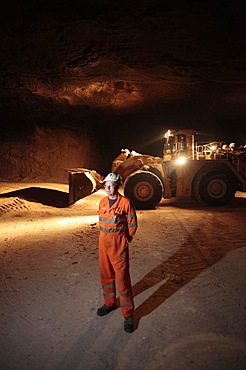
Mining grit salt is very different to the traditional image of cramped dark areas and men with pickaxes! The nature of grit salt mines mean they resemble vast caverns, up to 20 metres wide.

The mine uses the most sophisticated modern mining techniques to bring grit salt to the surface, including a laser guided JOY excavator and mechanical drills and lift.
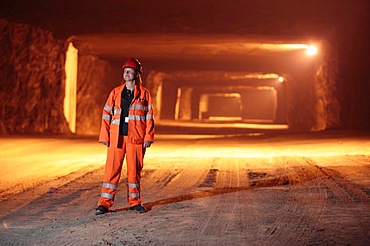
Mining grit salt is very different to the traditional image of cramped dark areas and men with pickaxes! The nature of grit salt mines mean they resemble vast caverns, up to 20 metres wide. .
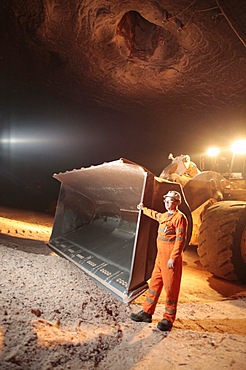
Mining grit salt is very different to the traditional image of cramped dark areas and men with pickaxes! The nature of grit salt mines mean they resemble vast caverns, up to 20 metres wide.
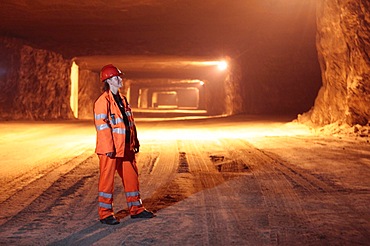
Mining grit salt is very different to the traditional image of cramped dark areas and men with pickaxes! The nature of grit salt mines mean they resemble vast caverns, up to 20 metres wide. .

The mine uses the most sophisticated modern mining techniques to bring grit salt to the surface, including a laser guided JOY excavator and mechanical drills and lift.
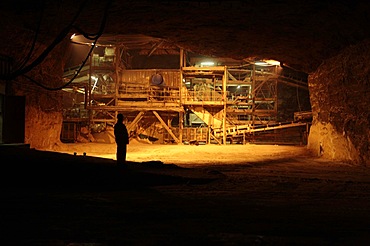
Mining grit salt is very different to the traditional image of cramped dark areas and men with pickaxes! The nature of grit salt mines mean they resemble vast caverns, up to 20 metres wide.
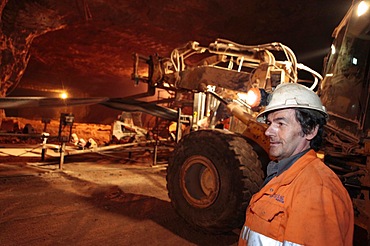
The mine uses the most sophisticated modern mining techniques to bring grit salt to the surface, including a laser guided JOY excavator and mechanical drills and lift.
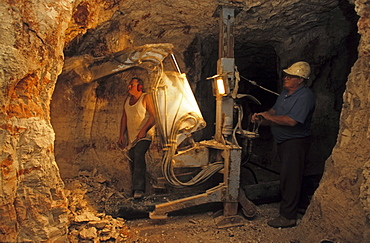
Underground mine of the family Bevan in Lightning Ridge, near the Queensland border, opal settlement, New South Wales, Australia

Rock salt mined from an underground mine is piled up at the Detroit Salt Company, the salt is used mainly for high de-icing, Detroit, Michigan, USA
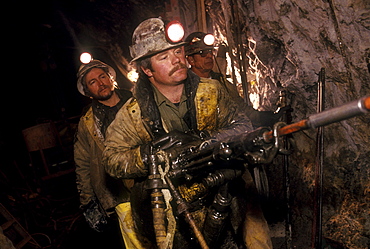
Hardrock miners working in the Sunnyside Mine, a large underground gold mine near Silverton, Colorado. The mine is now closed.
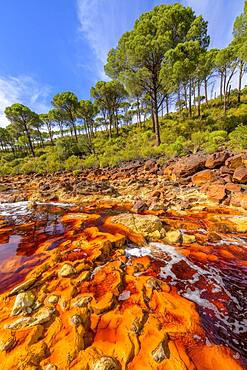
R?o Tinto, Andalucia, Spain *** Local Caption *** R?o Tinto ("Red River") is very acidic (Ph 2) and has a deep reddish hue due to iron dissolved in water. The acidity of the watercourse is linked to the drainage of pyrite, which is very present in the subsoil. Extremophilic and endemic bacteria and algae colonize the river bed, forming a fragile biofilm that evokes the hot springs of Yellowstone Park in the USA.
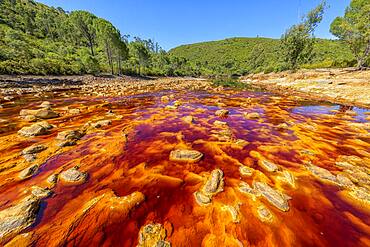
R?o Tinto, Andalucia, Spain *** Local Caption *** R?o Tinto ("Red River") is very acidic (Ph 2) and has a deep reddish hue due to iron dissolved in water. The acidity of the watercourse is linked to the drainage of pyrite, which is very present in the subsoil. Extremophilic and endemic bacteria and algae colonize the river bed, forming a fragile biofilm that evokes the hot springs of Yellowstone Park in the USA.

Reflections on Rio Tinto, near its source, Andalusia, Spain *** Local Caption *** R?o Tinto ("Red River") is very acidic (Ph 2) and has a deep reddish hue due to iron dissolved in water. The acidity of the watercourse is linked to the drainage of pyrite, which is very present in the subsoil. Extremophilic and endemic bacteria and algae colonize the river bed, forming a fragile biofilm that evokes the hot springs of Yellowstone Park in the USA.

Clay loaded with iron oxides and dried out, Rio Tinto, Andalusia, Spain *** Local Caption *** R?o Tinto ("Red River") is very acidic (Ph 2) and has a deep reddish hue due to iron dissolved in water. The acidity of the watercourse is linked to the drainage of pyrite, which is very present in the subsoil. Extremophilic and endemic bacteria and algae colonize the river bed, forming a fragile biofilm that evokes the hot springs of Yellowstone Park in the USA.
